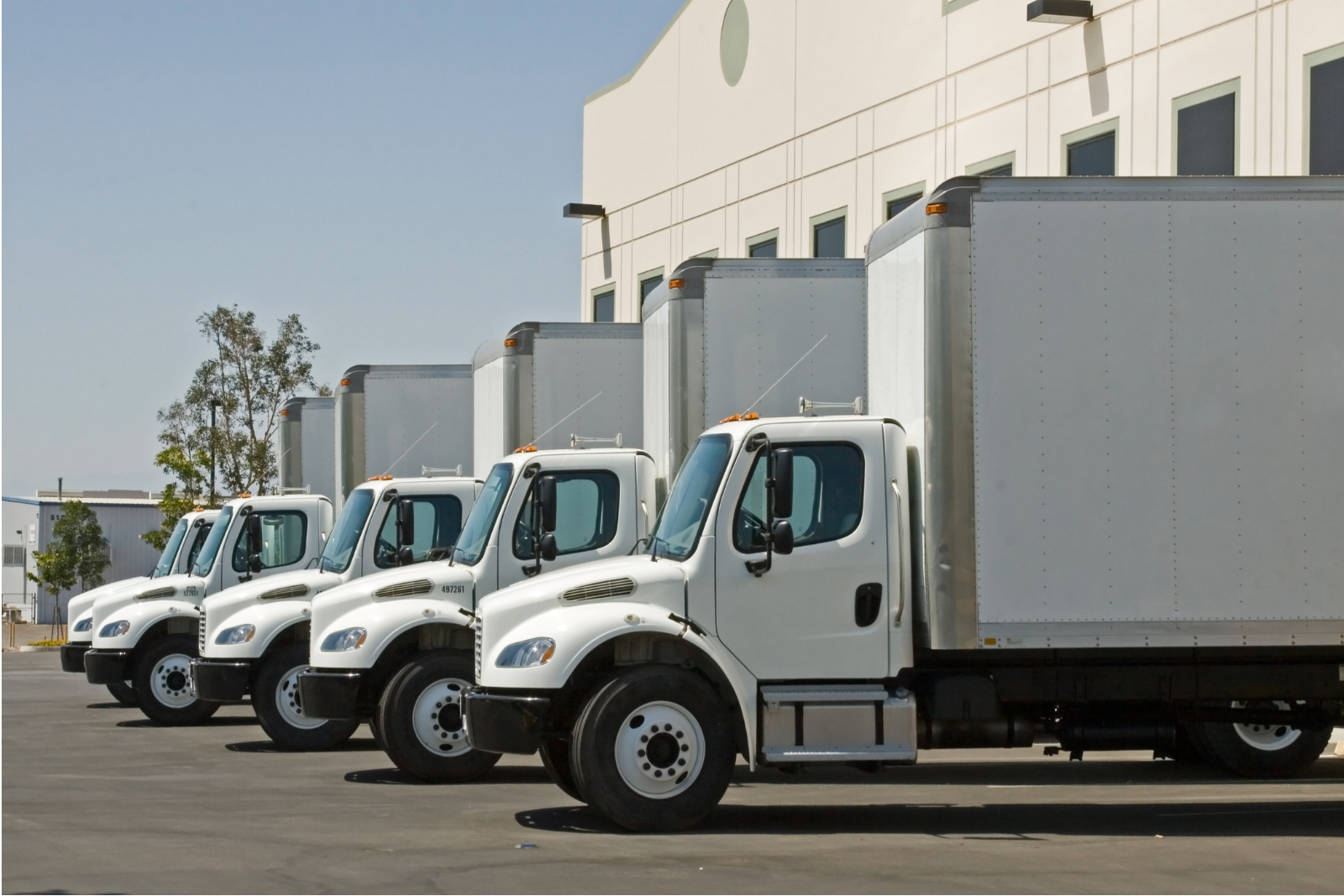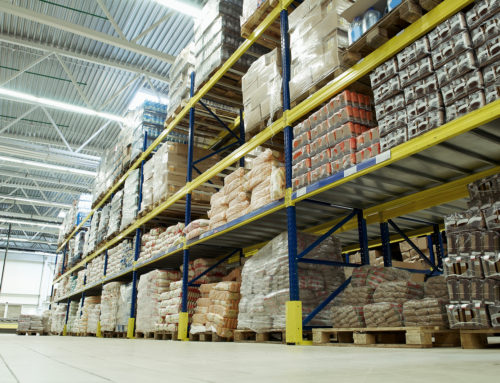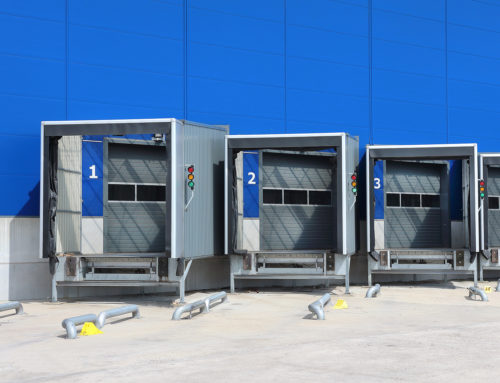The rise of eCommerce has made freight shipping one of the biggest industries in the world and given rise to Canada-U.S. cross-border transportation. For any shipment larger than what a traditional parcel service can support, truck-based transport is usually the best option.
Businesses need to decide whether to deploy LTL or FTL Canada-U.S. cross-border transportation. Both methods have their benefits and drawbacks, so what should a company think about before deciding?
What is FTL and LTL?
In a nutshell, LTL (less-than-truck load) means that the shipment will not take up the entire truck as some space will be available for other companies to use. FTL, in contrast, uses up the entire truck space for one company’s shipment.
If your business is deciding on which to use, consider asking yourself the following questions.
What Is My Shipping Size?
LTL transportation is naturally ideal for small cargo, so most shipments made today are done with LTL. However, if your cargo is large-sized, FTL might be your only option.
Amazon, for instance, uses LTL-based transportation when it comes to small products sold to customers. A company looking to move offices and transfer over several desks and equipment would turn to FTL.
What Does My Budget Support?
One major advantage of LTL is cost. If the budget is tight, you should lean towards LTL shipping. Pricing for LTL or FTL Canada-U.S. cross-border transport is determined by several factors, such as:
• Fuel costs
• Distance
• Weight
• Speed
• Handling
• Special accommodations (climate control, fragility, etc.)
Typically, FTL shipments charge by mile, whereas LTL charges based on weight.
How Flexible Is Delivery Time?
LTL shipping may take longer as the truck must stop for multiple customers before arriving at yours. The savings may be worth it, but if your delivery time is exact and unmovable, choose FTL.
Can You Expect Multiple Shipping Methods?
One issue you might run into with LTL shipping is that LTL companies typically don’t serve all regions. This short-distance shipping means geographic restrictions your company needs to deal with.
If you choose LTL but serve multiple regions, expect part of your delivery to be made by another carrier. Having too many carriers results in a larger carbon footprint and a higher chance of theft or damage.
How Fragile Is the Cargo?
Does your shipping crate have a “do not stack,” “fragile,” or “glass” sticker on it? Because freight is handled multiple times along an LTL shipping line, FTL transport is more ideal if you don’t want the bumps and fidgeting of constant stops to damage your goods.
About York Transportation | LTL and FTL Canada-U.S. Cross-border Transport | Mississauga – Canada – U.S. East Coast
What do you think? Does your organization need LTL or FTL Canada-U.S. cross-border transportation? Regardless of your choice, York Trans is the service you need to facilitate warehousing and inventory management for your next shipments.
Our experienced staff have served Ontario for over 40 years, and we’re ready to streamline your next shipping experience.
• One decision many organizations have to make is whether to use LTL or FTL Canada-U.S. cross-border transportation. Both methods are ideal in different scenarios, so companies need to take the time to decide.
• LTL shipping is generally better in terms of cost and efficiency, whereas FTL is ideal for larger shipments or tighter deadlines.
• York Trans is the warehousing and inventory management service your organization needs to keep up with the competition. Contact us today.







